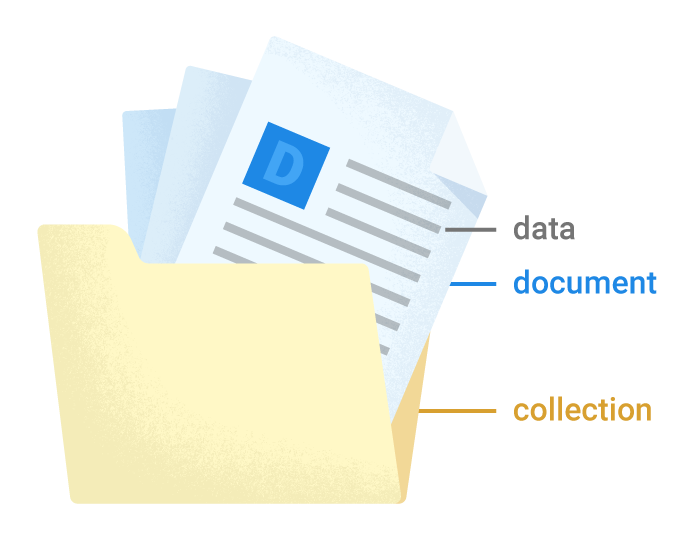さて、Firestore は使ったことないのですが、
メモがてら使ってみようという魂胆で進めていきます。
今回も前提として各種準備が終わっている状態からのスタートになります。
前提
この記事では前提として以下の準備がされている状態からスタートしています。
前提1
前提2
Firebase SDK のセットアップ
これは、必ず最初にやるもので、
Realtime Database を使う場合も Authentication を使う場合も、
Firestore を使う場合も必須です。
// Import the functions you need from the SDKs you need
import { initializeApp } from "firebase/app";
import { getFirestore } from "firebase/firestore";
// TODO: Add SDKs for Firebase products that you want to use
// https://firebase.google.com/docs/web/setup#available-libraries
// Your web app's Firebase configuration
const firebaseConfig = {
apiKey: "xxxxx",
authDomain: "xxxxx",
databaseURL: "xxxxx",
projectId: "xxxxx",
storageBucket: "xxxxx",
messagingSenderId: "xxxxx",
appId: "xxxxx",
};
// Initialize Firebase
const app = initializeApp(firebaseConfig);
const firestore = getFirestore(app);
export { firestore };
firestore を export してます。
Firestore にデータを追加する
const onSend = async () => {
try {
const docRef = await addDoc(collection(firestore, "users"), {
firstName: "John",
familyName: "Doe",
});
console.log("Document written with ID: ", docRef.id);
} catch (err) {
console.error("Error adding document: ", err);
}
};
イメージとしては users テーブルに
Realtime Database的には
{ "firstName": "John", "familyName": "Doe" }を登録した感じRealtime Database的には
push()したのと同じ感じ
Firestore を確認する

Firestore からデータを取得する
const onRecv = async () => {
const snapshots = await getDocs(collection(firestore, "users"));
snapshots.forEach((doc) => {
const data = doc.data();
console.log(`${doc.id} => ${JSON.stringify(data, null, 2)}`);
});
};
イメージとしては users テーブルの全レコードを取得した感じ
Realtime Database的には
Realtime Database的には
get()したのと同じ感じ
Firestore のデータ構造について
Firestore を扱う上で重要になるのが コレクション と ドキュメント のようです。
コレクション
コレクション は、ドキュメントを入れておくフォルダのようなもののようです。

ドキュメント
ドキュメント は、データの塊を表すものようです。
上記の登録データを例にすると、以下がドキュメントとなります。
{ "firstName": "John", // データ "familyName": "Doe", // データ }
サブコレクション
ドキュメント には、更に コレクション を入れることが可能なようです。
コレクションにコレクションは登録できないっぽいところが注意
{ "schools": [ // <- コレクション "XX School": { // <- ドキュメント "name": "XX School" // <- データ "classrooms": [ // <- コレクション "1-1": {}, // <- ドキュメント "1-2": {}, // <- ドキュメント "2-1": {}, // <- ドキュメント ] }, "YY School": { // <- ドキュメント "name": "YY School" // <- データ "classrooms": [ // <- コレクション "1-1": {}, // <- ドキュメント "1-2": {}, // <- ドキュメント "2-1": {}, // <- ドキュメント ] } ] }
みたいな?
まとめ
とりあえずRealtime Database同様、気軽に使えた
次回はリアルタイム性を発揮してみよう
次回はリアルタイム性を発揮してみよう